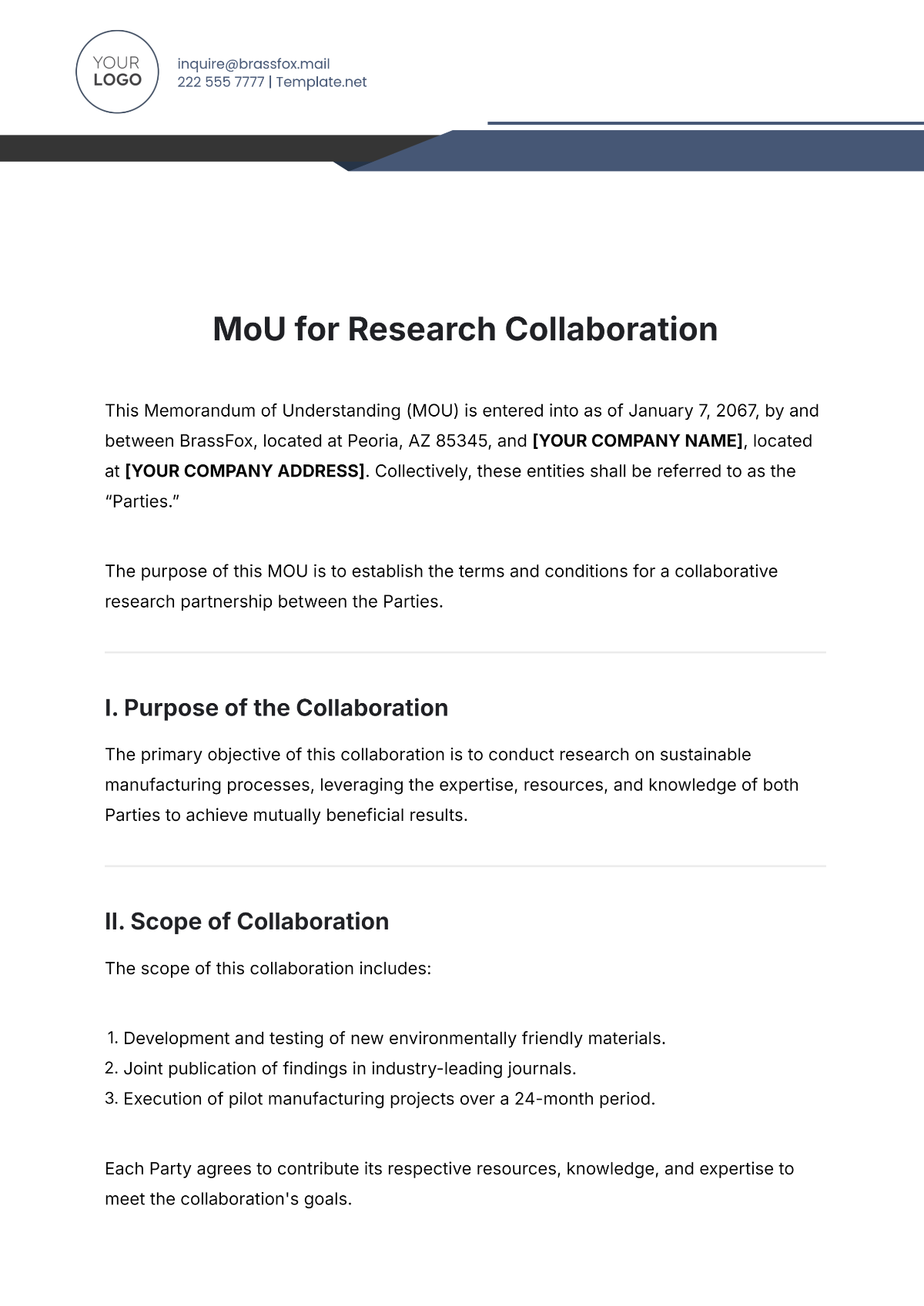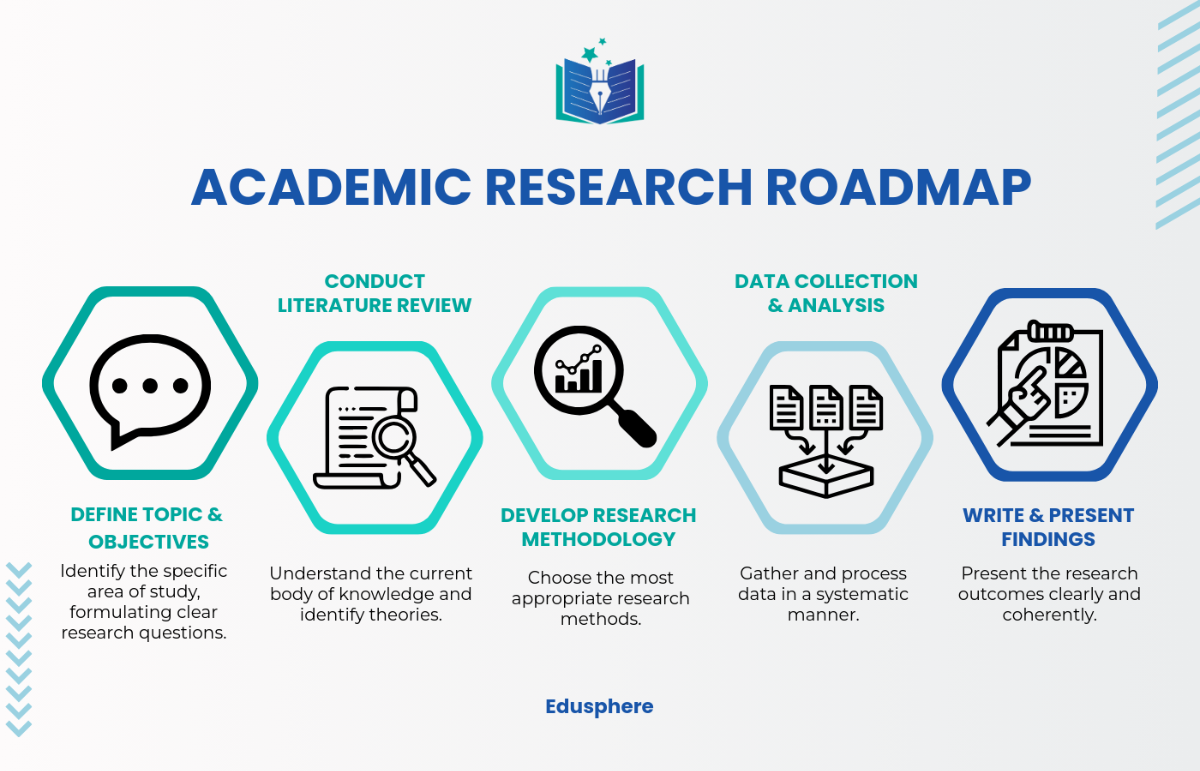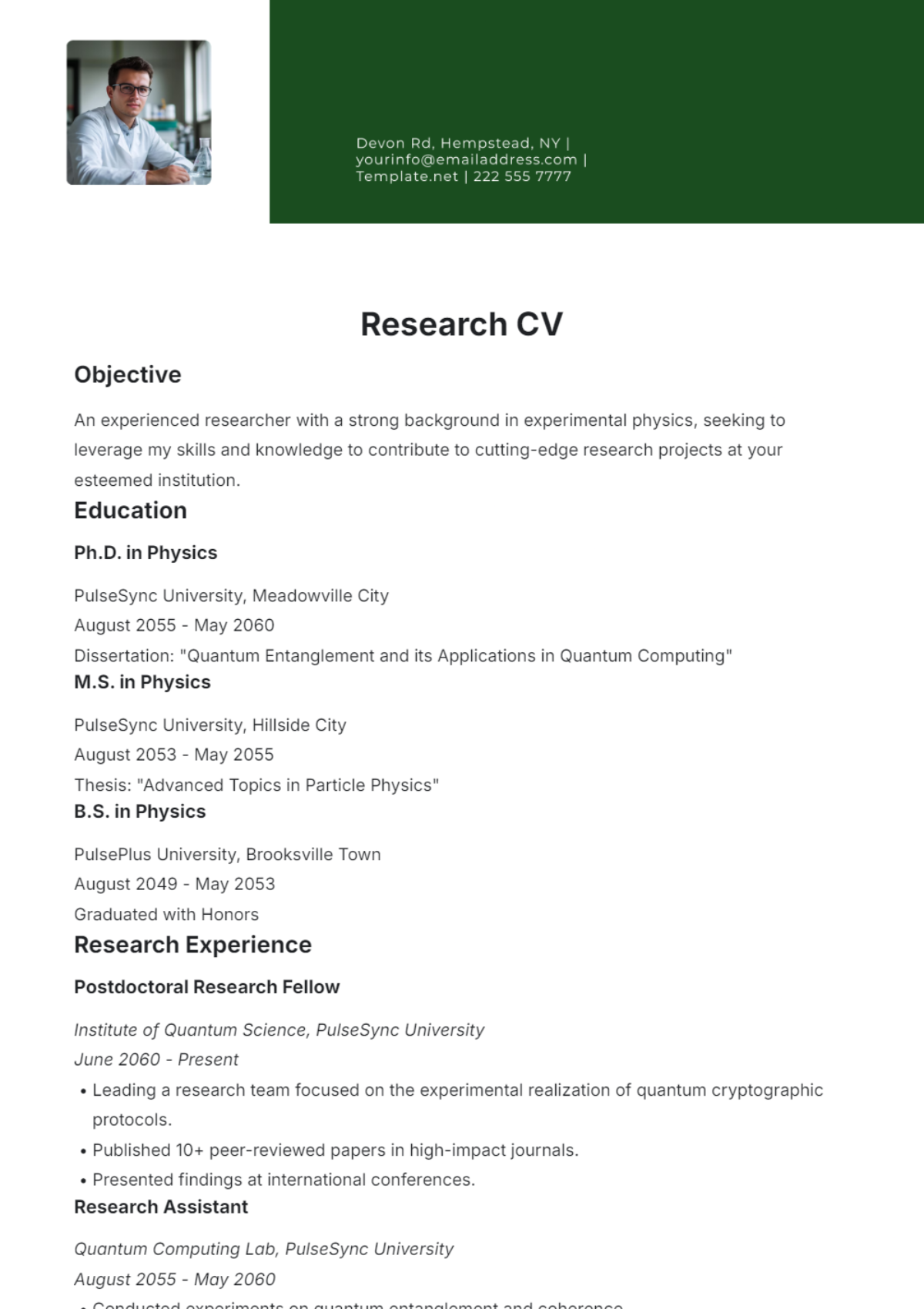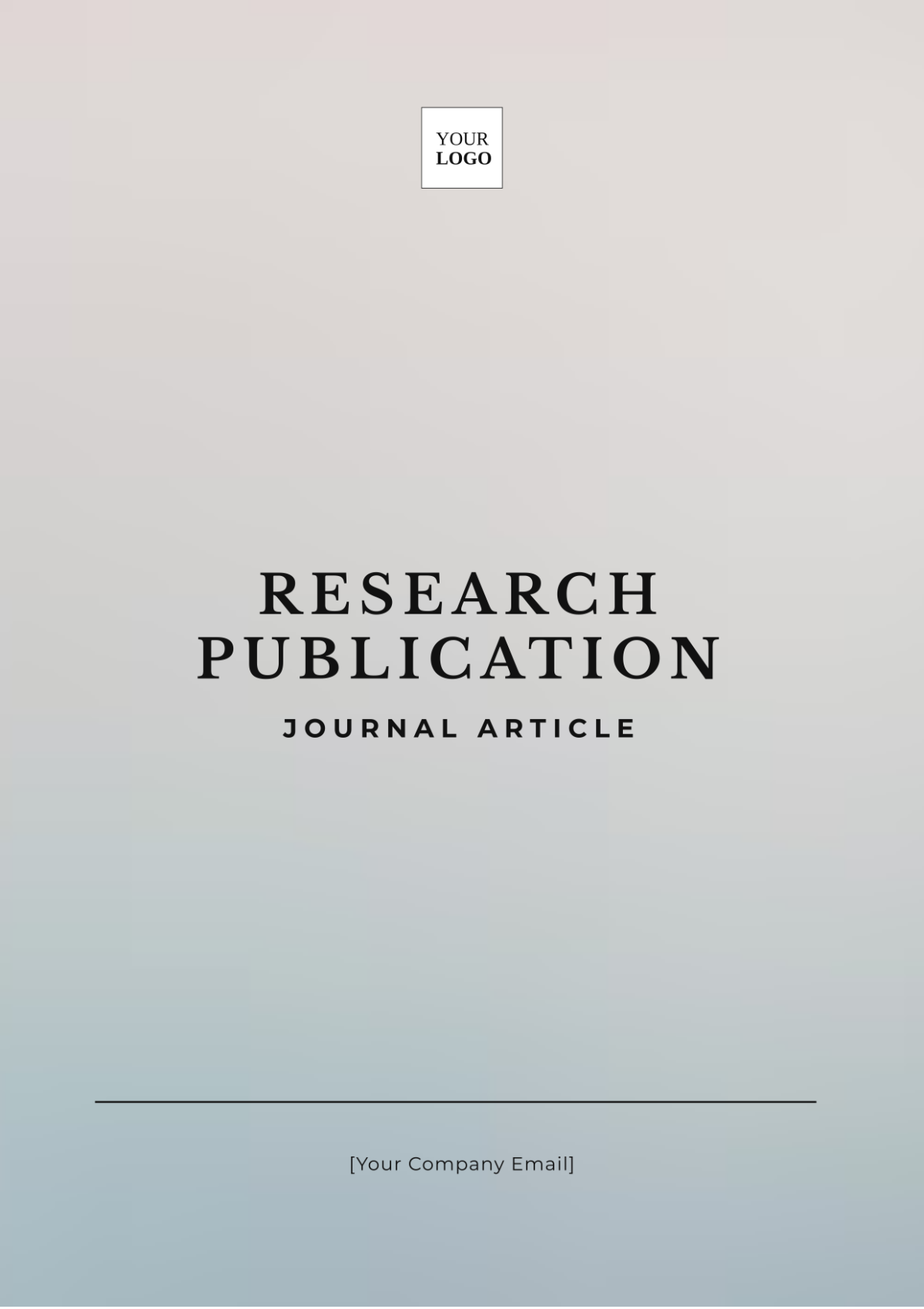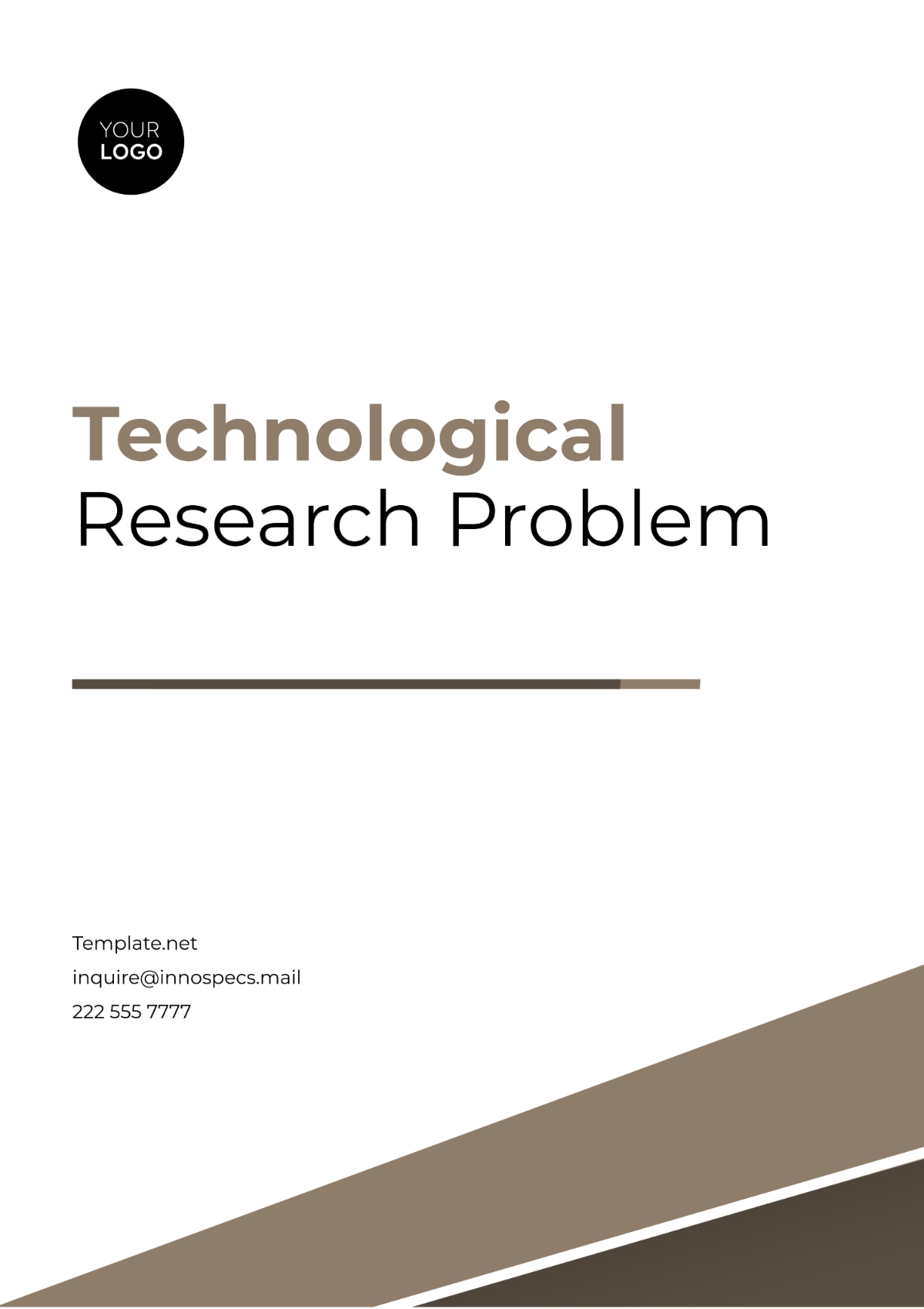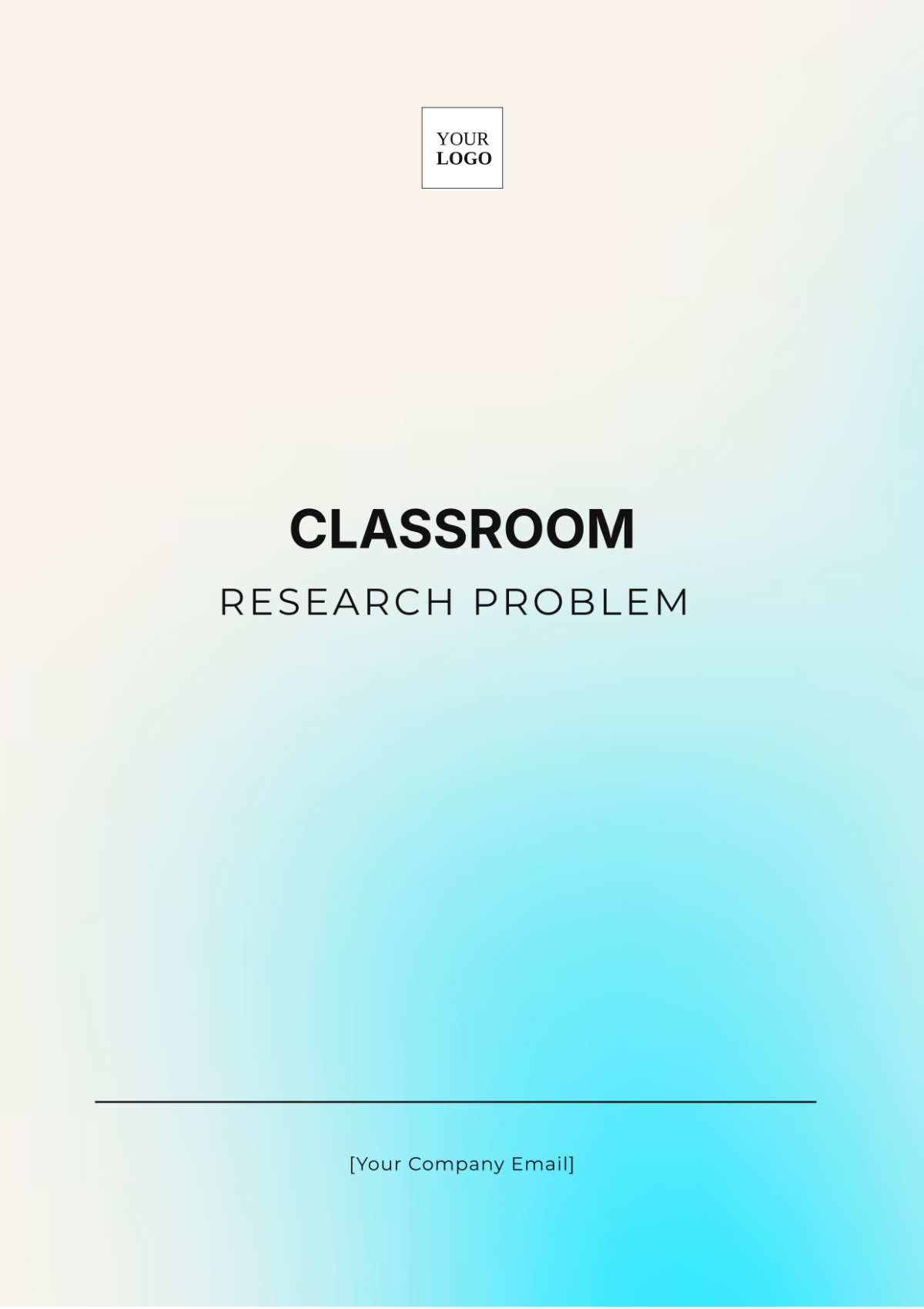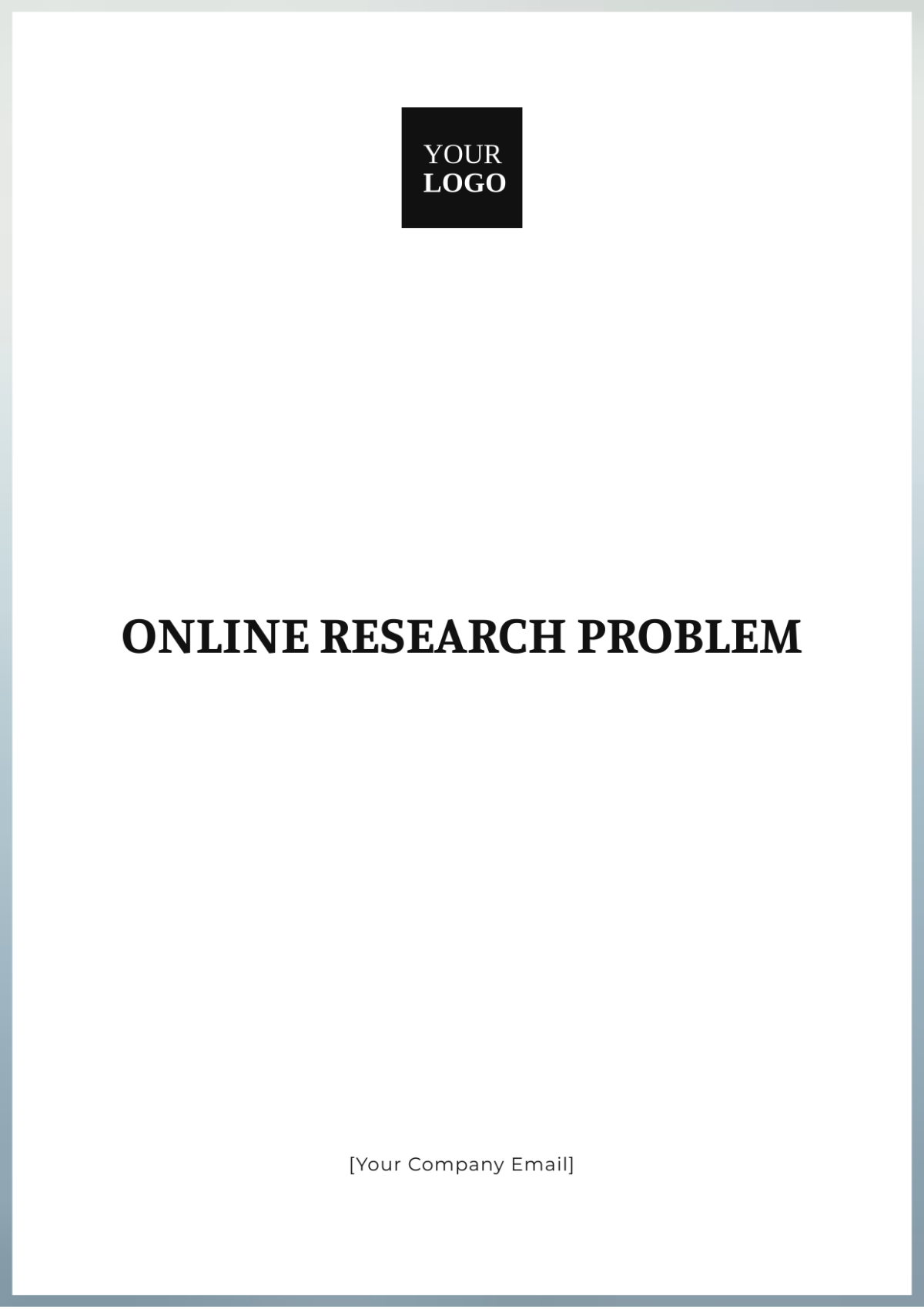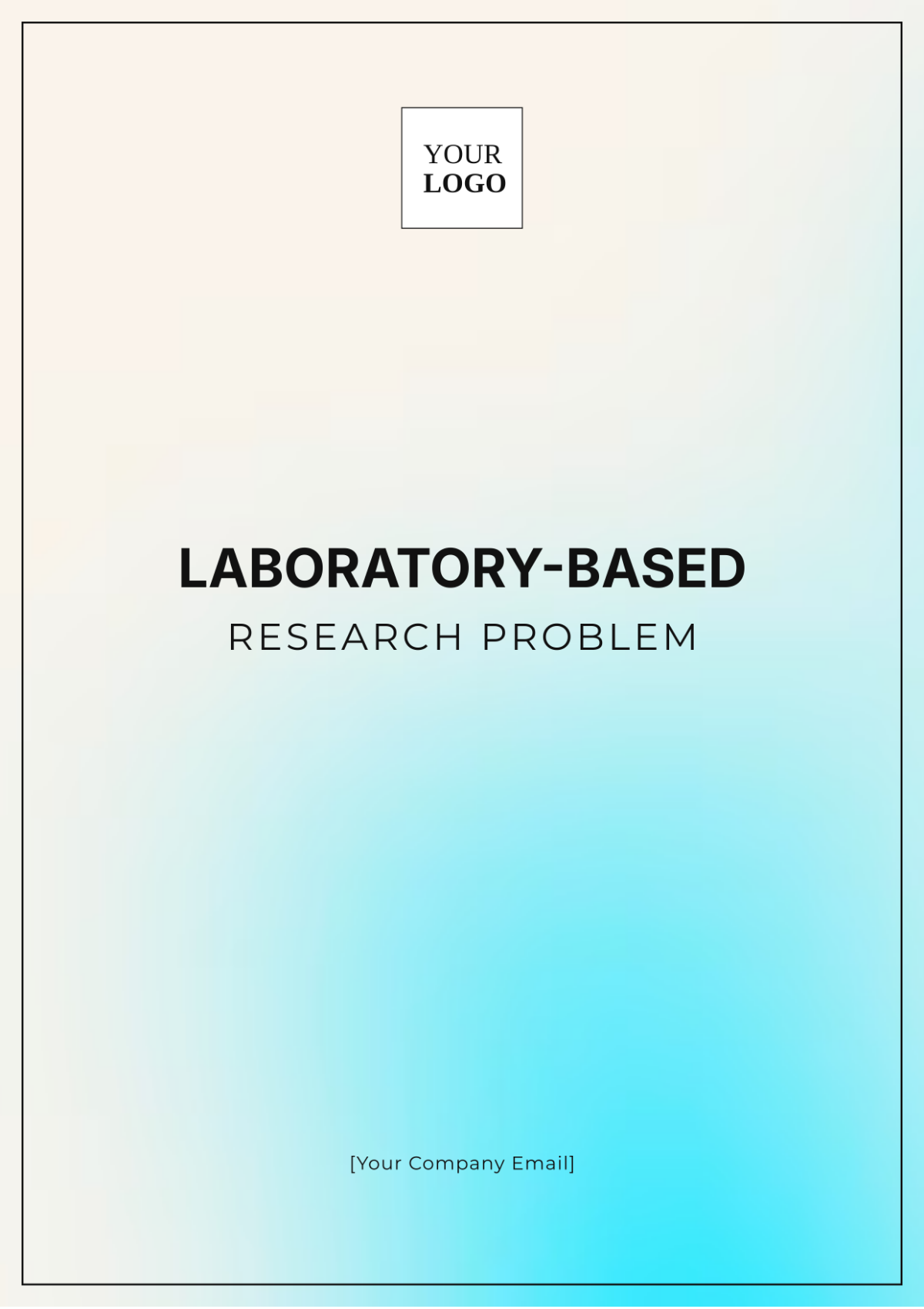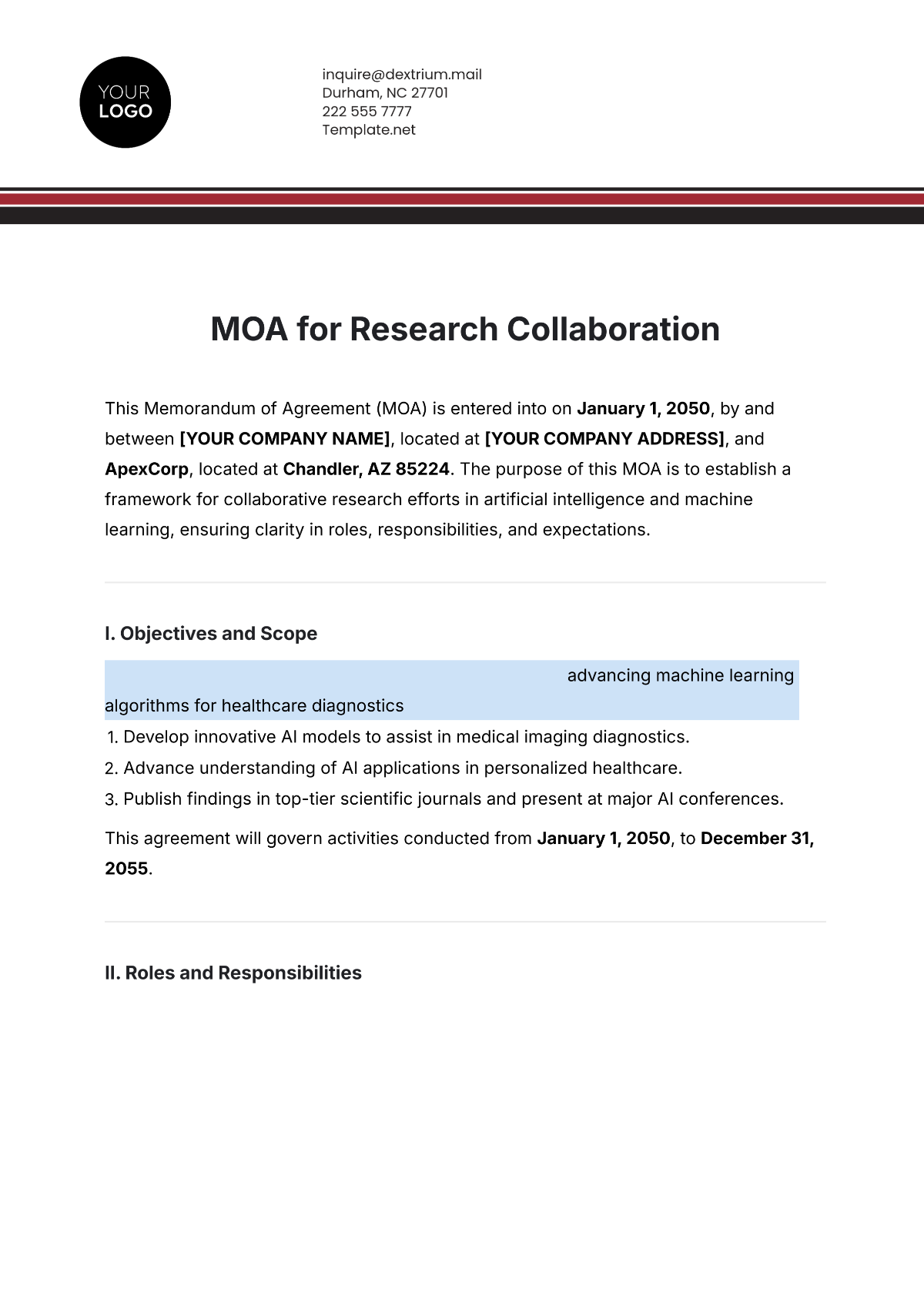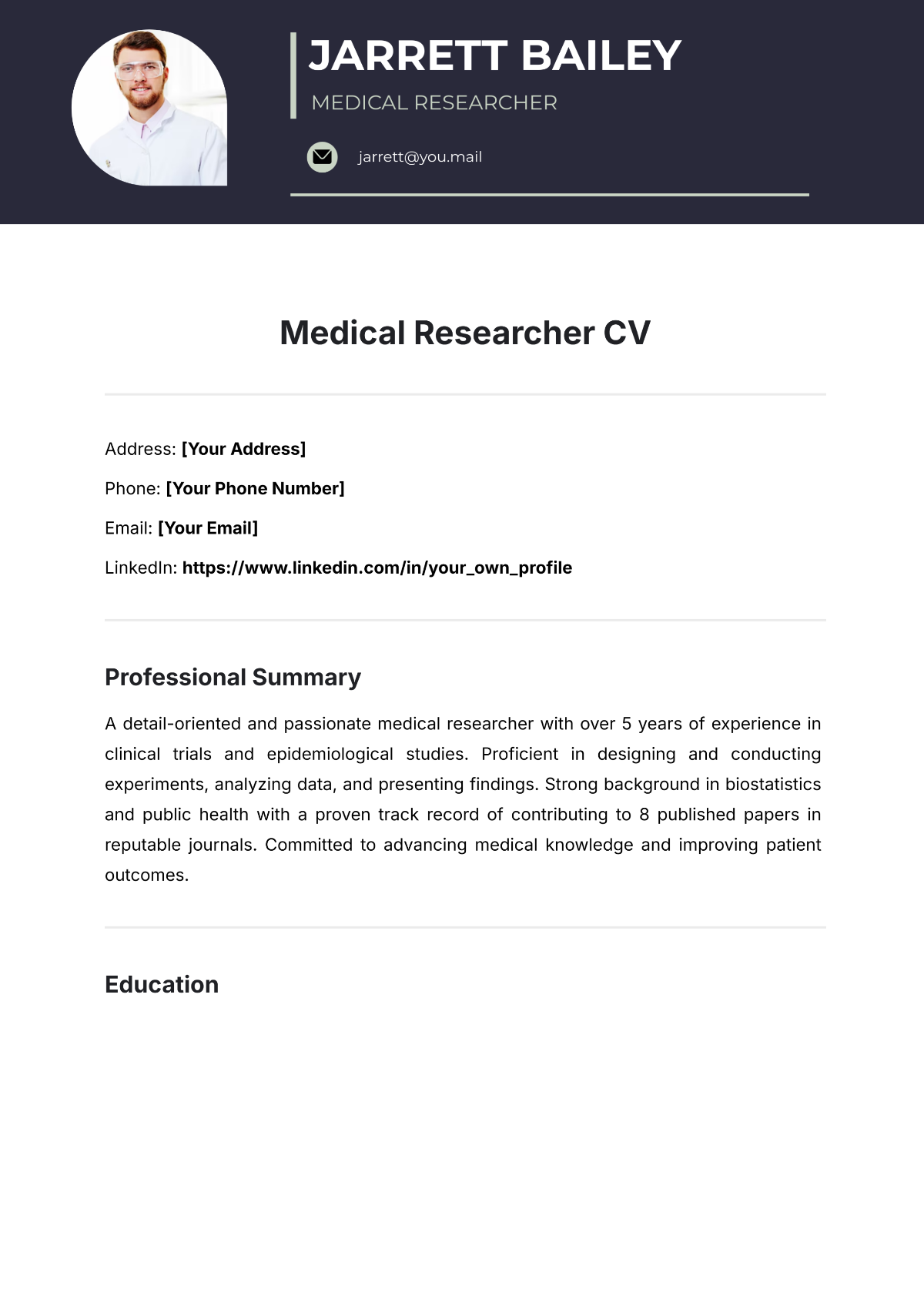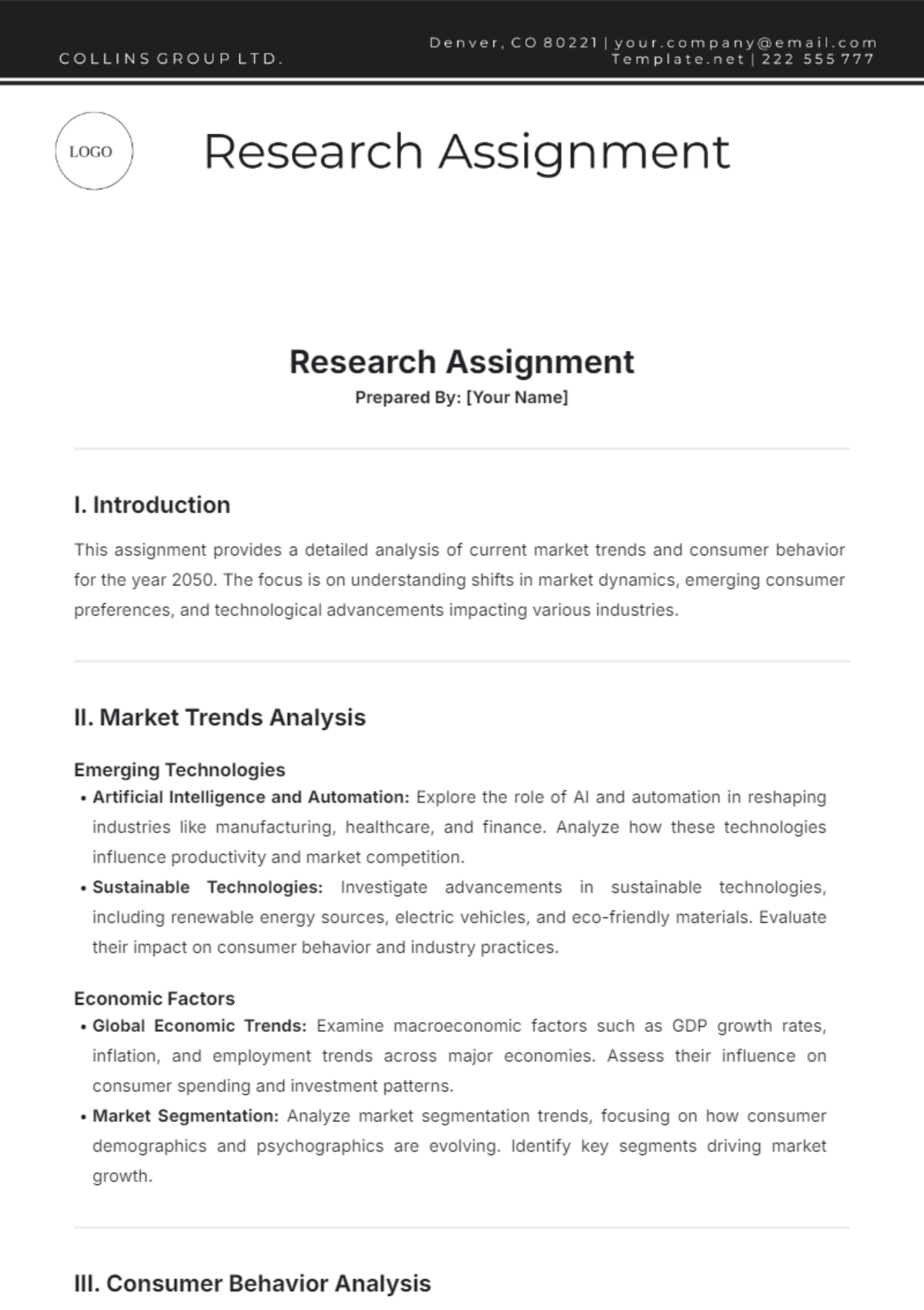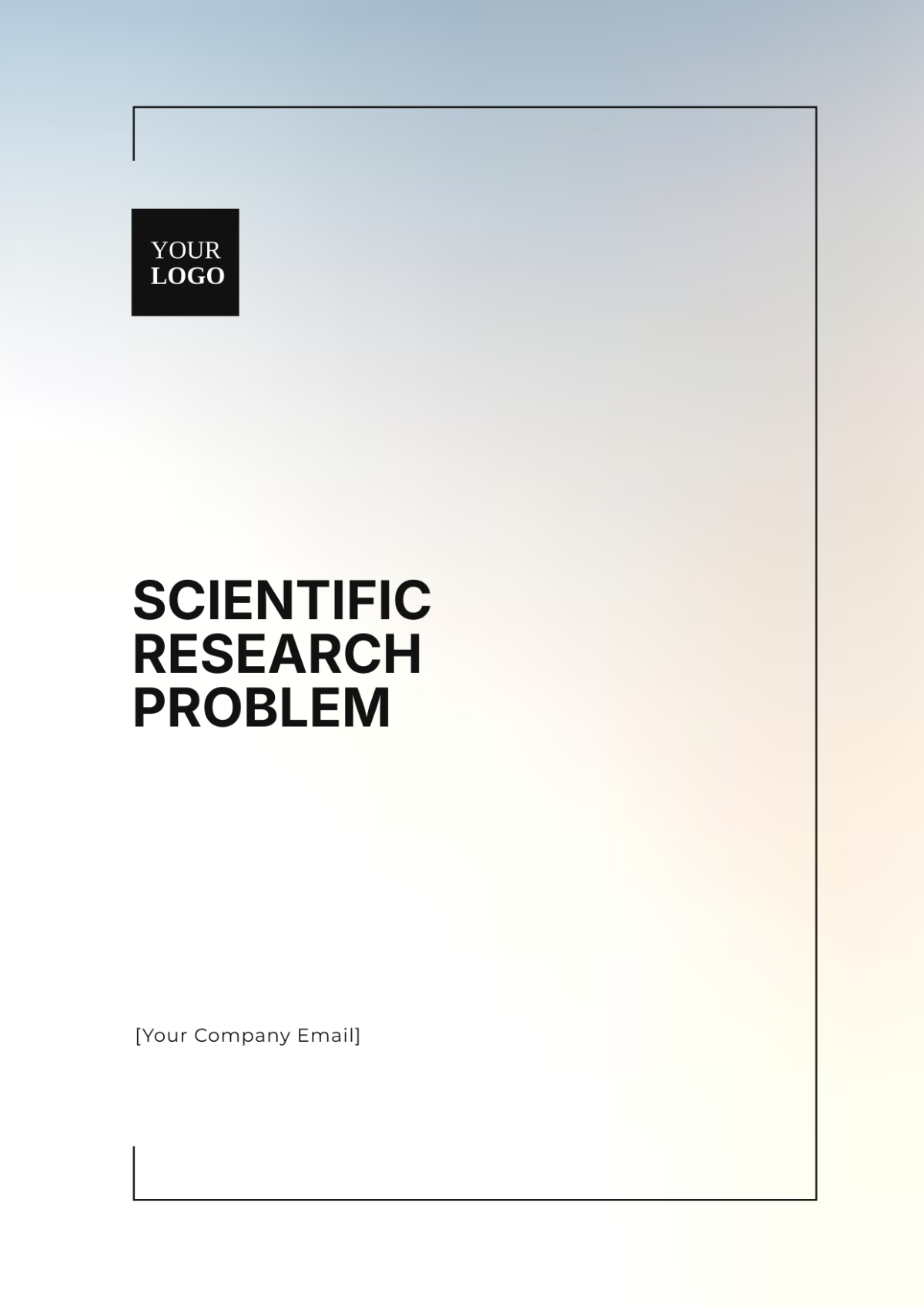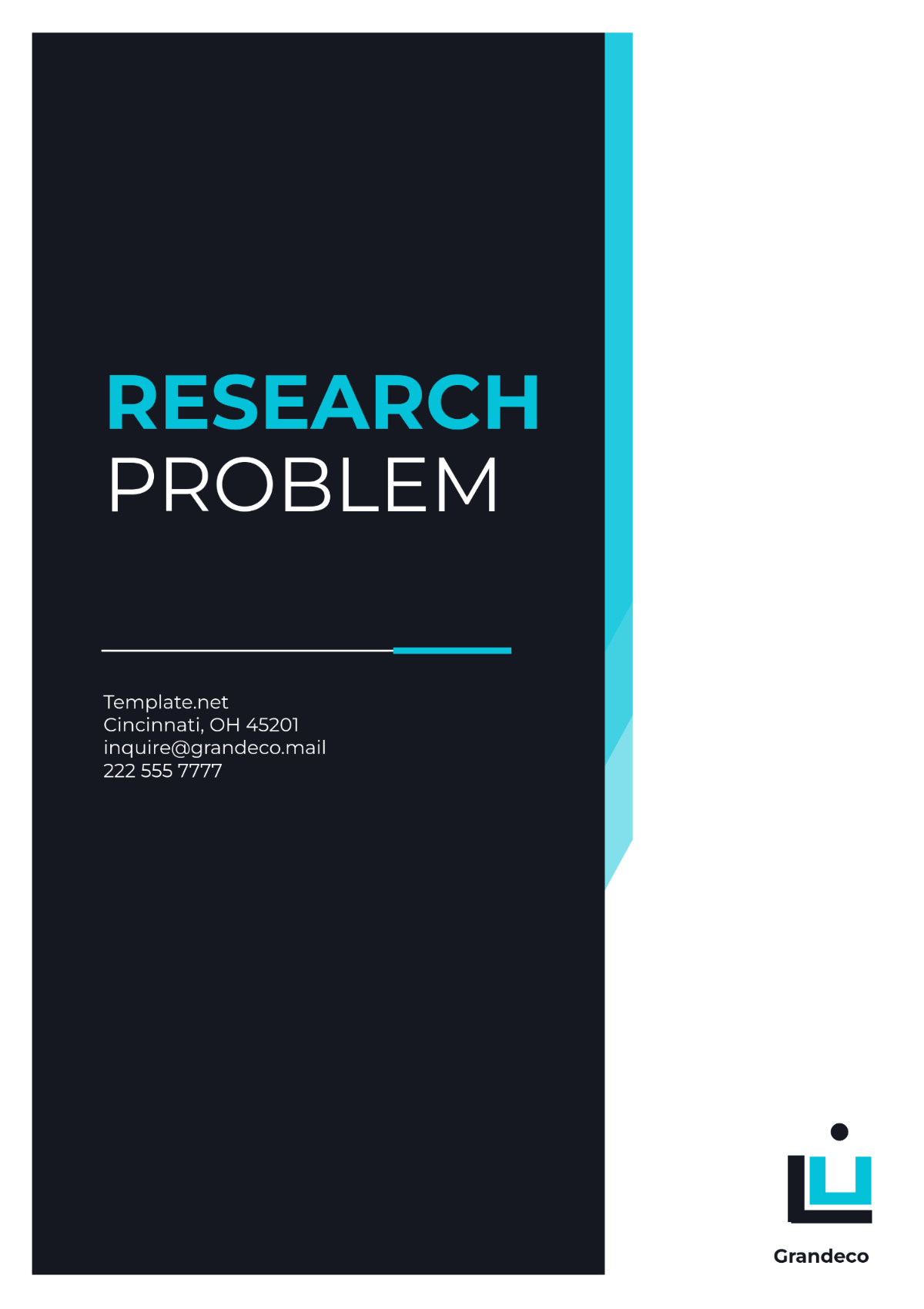Control Setup Guide Research Design
Prepared by: [YOUR NAME]
Date: [DATE]
Research Design is a detailed plan outlining the procedures and methods for setting up and managing control systems within a research study. It provides guidelines for configuring, calibrating, and maintaining control variables to ensure accurate and reliable research outcomes. This guide explores the elements involved in creating an effective research design with a focus on control setup.
I. Introduction
The control setup in research is essential for ensuring the validity and reliability of the study outcomes. A well-designed control setup mitigates the influences of external variables, thus providing a clear view of the relationship between the independent and dependent variables.
II. Components of Control Setup
Setting up a control system involves several critical components:
Identify and define control variables
Configure control systems
Calibrate control systems
Maintain control systems for consistent performance
III. Identifying and Defining Control Variables
Control variables are external factors that need to be kept constant to ensure that the primary focus of the research remains unaffected. Identifying and listing these variables are crucial preliminary steps.
Variable | Definition | Control Method |
|---|---|---|
Temperature | Room temperature where the experiment is conducted | Use thermostats to maintain a constant temperature |
Humidity | Moisture level in the environment | Employ humidifiers/dehumidifiers |
Time of Day | Specific time during the day when data is collected | Standardize data collection times |
IV. Configuring Control Systems
After identifying control variables, the next step involves the configuration of control systems to manage these variables effectively. It includes:
Setting up equipment according to the operating manual guidelines
Ensuring proper installation to avoid interference during the experiment
Automating control settings wherever possible for accuracy
V. Calibration of Control Systems
Calibration ensures that instruments used for controlling variables are providing accurate measurements. Steps for effective calibration include:
Use standard calibration tools and techniques
Document calibration processes and results
Schedule regular calibration sessions to maintain consistency
VI. Maintenance of Control Systems
Regular maintenance of control systems is crucial for their longevity and consistent performance. Maintenance practices involve:
Routine checks and troubleshooting
Timely repairs and replacements
Keeping detailed maintenance logs
VII. Conclusion
A well-designed and maintained control setup is integral to the success of any research study. By identifying control variables, and configuring, calibrating, and maintaining control systems, researchers can ensure the accuracy and reliability of their findings.
VIII. References
Please refer to the following sources for more detailed information:
American Psychological Association. (2050). Publication Manual of the American Psychological Association (7th ed.).
Kothari, C. R. (2051). Research Methodology: Methods and Techniques. New Age International.
Sekaran, U., & Bougie, R. (2052). Research Methods for Business: A Skill Building Approach. Wiley.
